Aluminium from abandoned aircraft meets gold in Moksh’s innovative jewellery design
Indian jewellery brand Moksh unites recycled aluminium with gold and diamonds in a sustainable new collection, ‘Shourai’
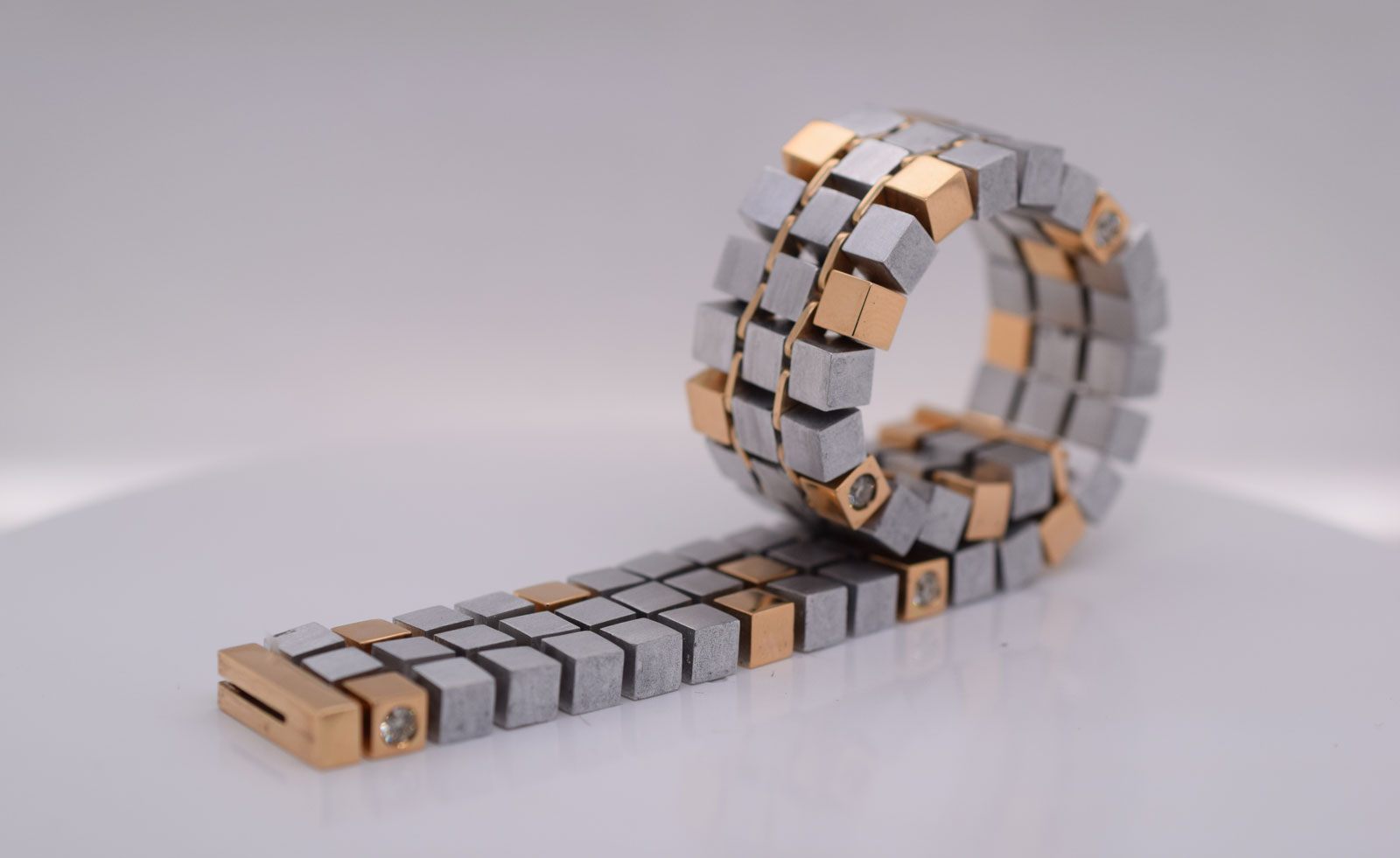
Mumbai-based brand Moksh brings an innovative angle to the sustainability conversation, with jewellery that subjects unexpected materials to precious techniques. Its latest collection, ‘Shourai’ – meaning ‘the future’ in Japanese – converts reclaimed aluminium from abandoned aircraft into precisely drawn cubes, which are then combined with gold and diamonds for geometrically sharp pieces.
‘We want to focus on good design,’ says Moksh CEO Milan Chokshi of the ethos behind the jewellery brand. This new collection, a collaboration with design solutions company Bandit, rethinks the possibilities of traditional jewellery design. ‘Working with Bandit gave us an opportunity to explore the other end of the [jewellery] spectrum from gemstones and legacy, with regards to design. While one [kind of jewellery] is elaborate and detailed, this is simple and efficient – and yet both are engineered with the same principles. Comfort, balance and simplicity.’
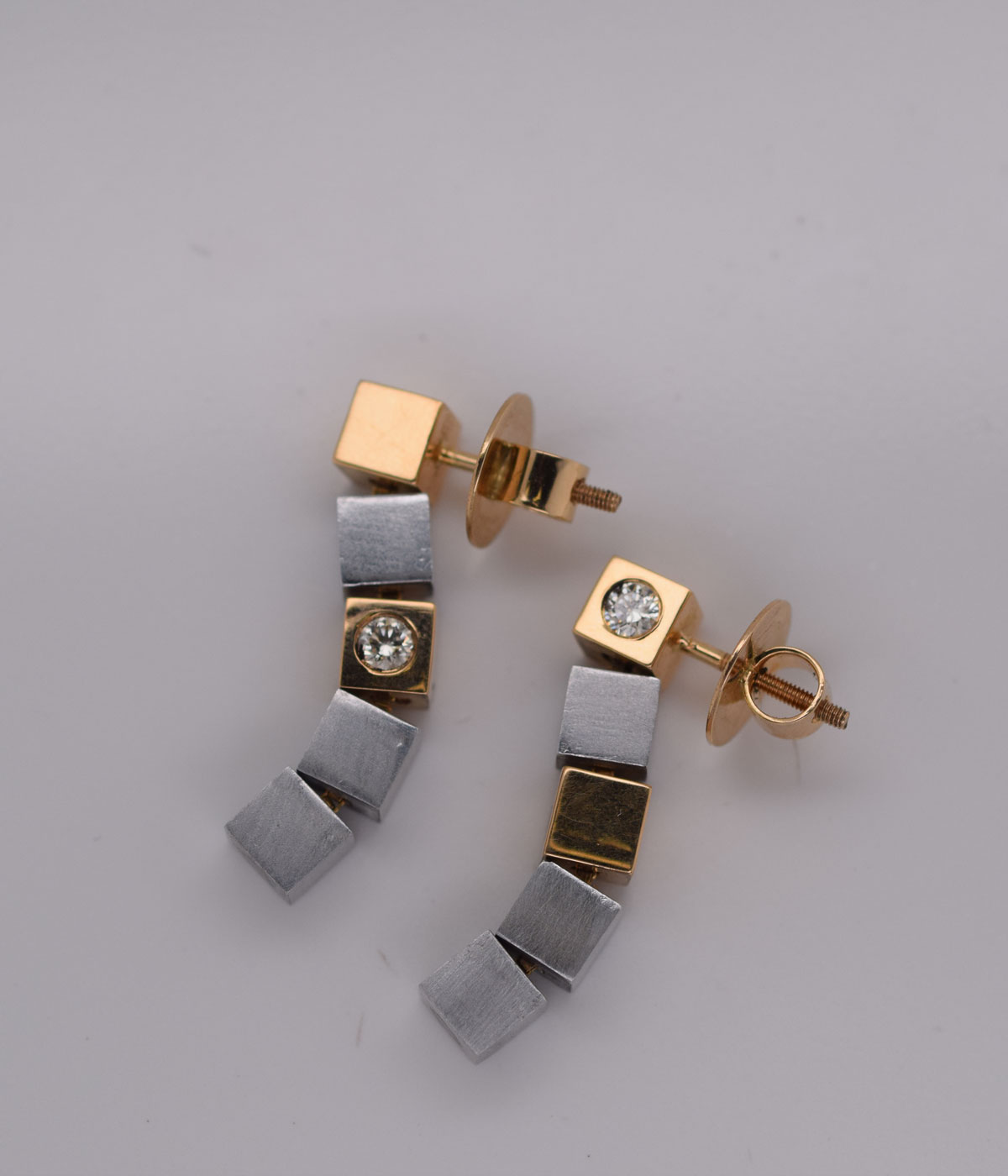
‘It was a chance meeting with a friend, who repaired small aircraft, that led to the idea of using aluminium,’ adds Bandit CEO Satyajit Vetoskar of the creation process.
‘After many visits to his factory and further leads to a larger aircraft junkyard, I got hooked on all kinds of aluminium scrap. It was around the same time that Moksh had asked me to design a jewellery collection for them. This highlights the immense possibility of using a common material, like aluminium, to create uncommon designs.’
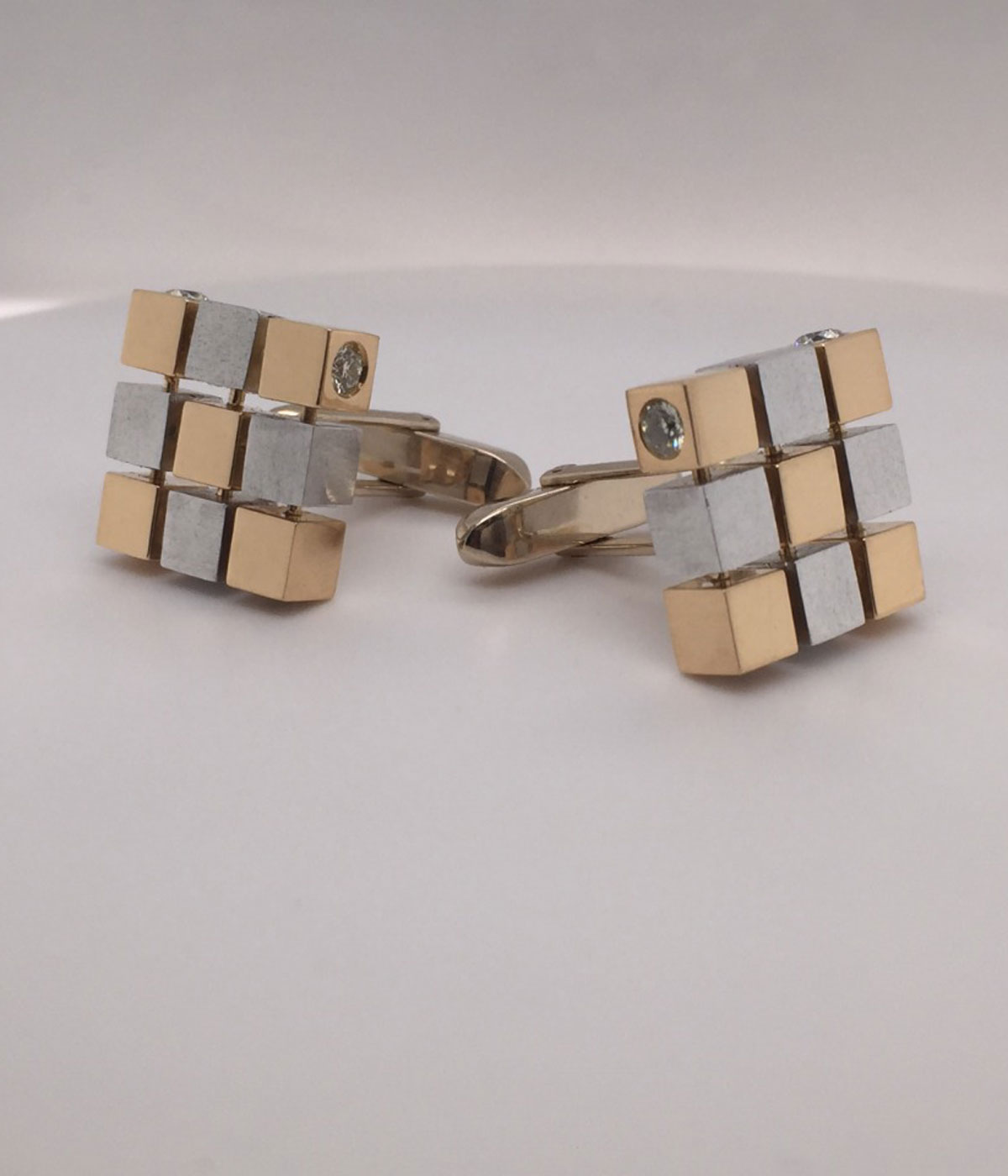
The challenges of combining aluminium and gold, which are diametrically opposed when it comes to their chemical compositions, were immense. Their final forms, as pure cubes, make a simple foil for this complexity. ‘The inspiration was not just from a Japanese clean minimalist look, but was largely about how simple the jewellery is to make,’ says Vetoskar.
‘The aluminium cubes are cut using industrial CNC machines, while the gold cubes are made by hand. The combination of the brushed aluminium and the polished gold linked by simple rods creates the pieces. This design ensures less time for craftsmanship, lower energy consumption and less waste; hence, [it’s] a sustainable design. The packaging is also made from recycled paper, again in the shape of a cube.’
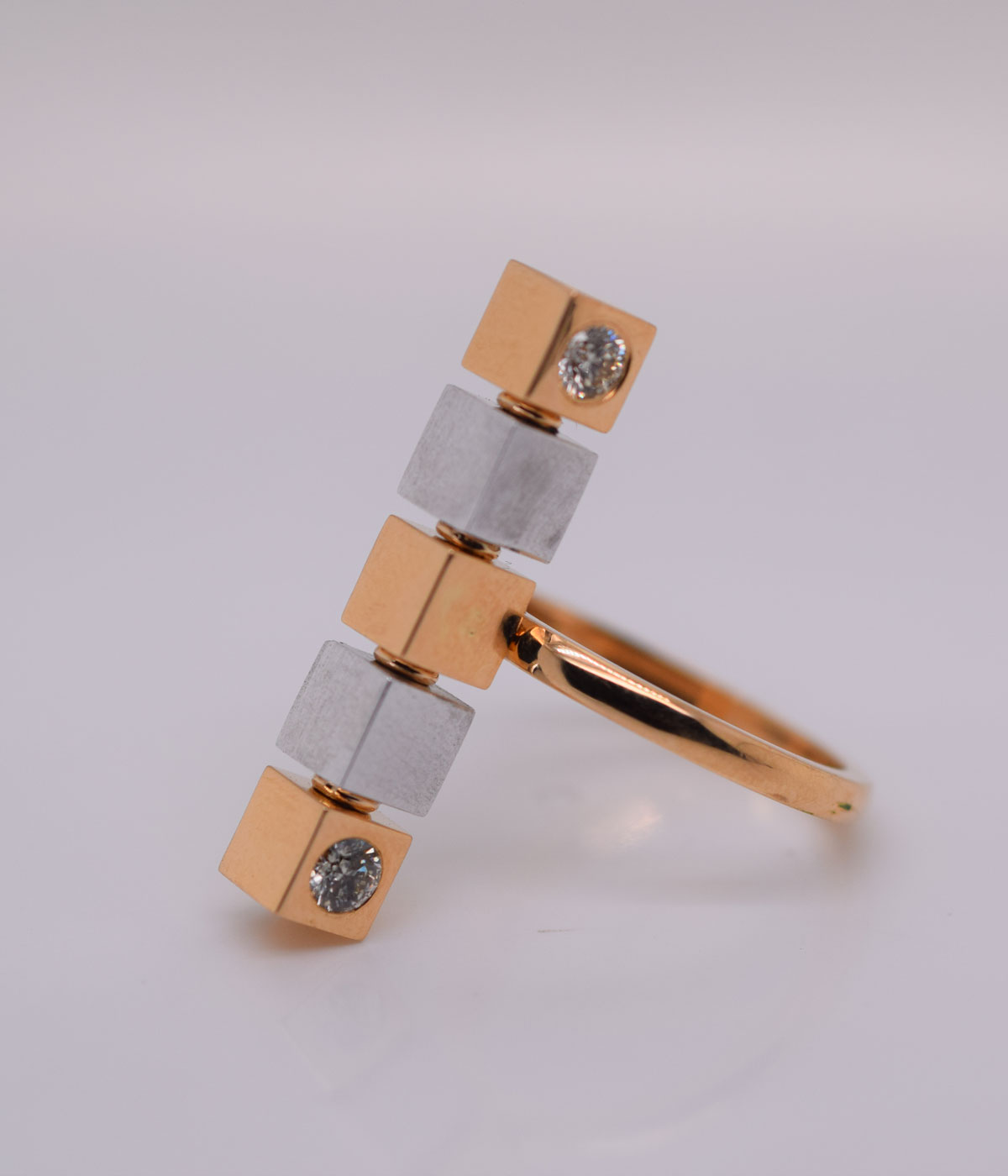
INFORMATION
Receive our daily digest of inspiration, escapism and design stories from around the world direct to your inbox.
Hannah Silver is the Art, Culture, Watches & Jewellery Editor of Wallpaper*. Since joining in 2019, she has overseen offbeat art trends and conducted in-depth profiles, as well as writing and commissioning extensively across the worlds of culture and luxury. She enjoys travelling, visiting artists' studios and viewing exhibitions around the world, and has interviewed artists and designers including Maggi Hambling, William Kentridge, Jonathan Anderson, Chantal Joffe, Lubaina Himid, Tilda Swinton and Mickalene Thomas.
-
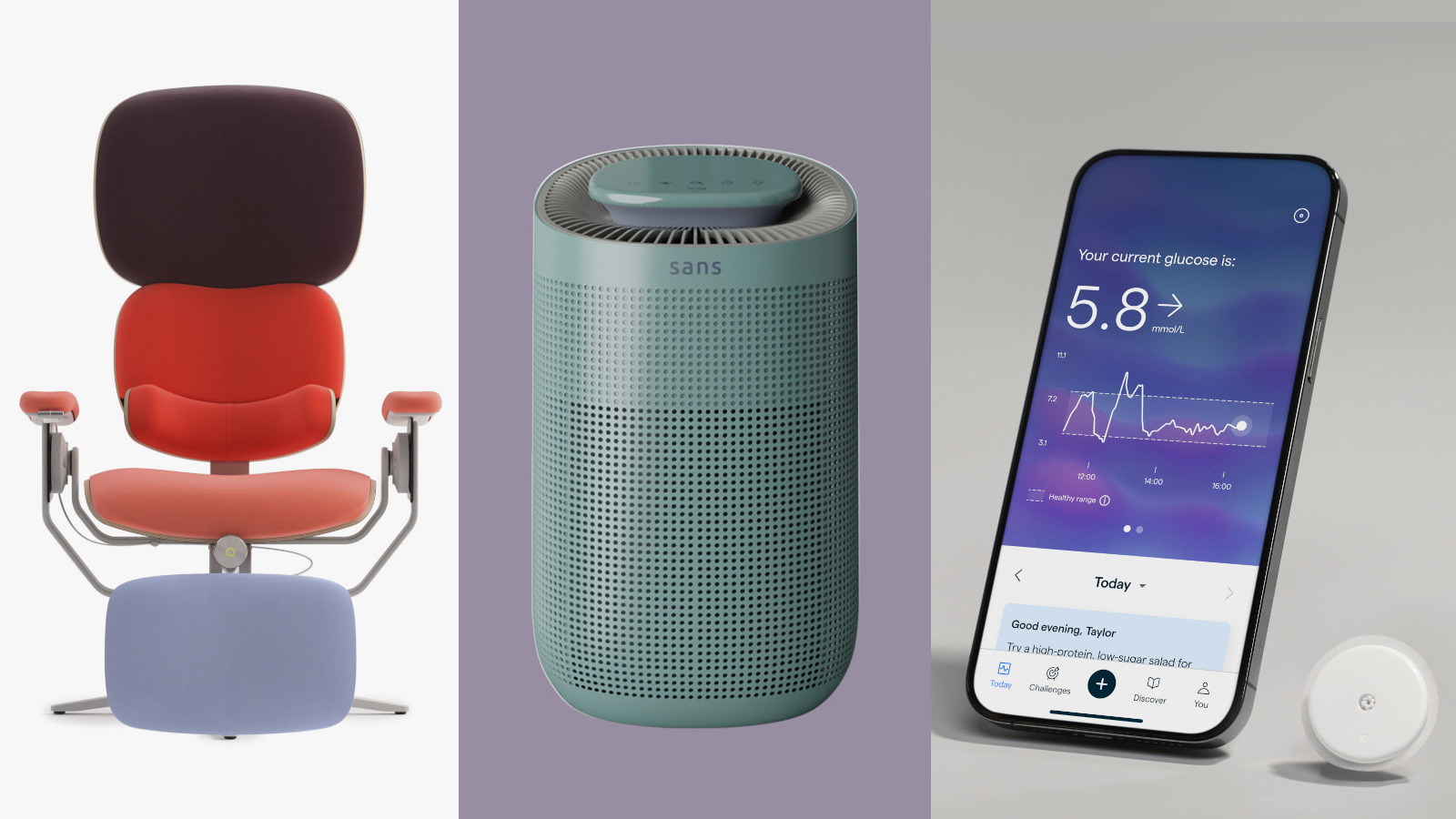 New tech dedicated to home health, personal wellness and mapping your metrics
New tech dedicated to home health, personal wellness and mapping your metricsWe round up the latest offerings in the smart health scene, from trackers for every conceivable metric from sugar to sleep, through to therapeutic furniture and ultra intelligent toothbrushes
-
 Out of office: The Wallpaper* editors’ picks of the week
Out of office: The Wallpaper* editors’ picks of the week'Tis the season for eating and drinking, and the Wallpaper* team embraced it wholeheartedly this week. Elsewhere: the best spot in Milan for clothing repairs and outdoor swimming in December
-
 How Stephen Burks Man Made is bringing the story of a centuries-old African textile to an entirely new audience
How Stephen Burks Man Made is bringing the story of a centuries-old African textile to an entirely new audienceAfter researching the time-honoured craft of Kuba cloth, designers Stephen Burks and Malika Leiper have teamed up with Italian company Alpi on a dynamic new product